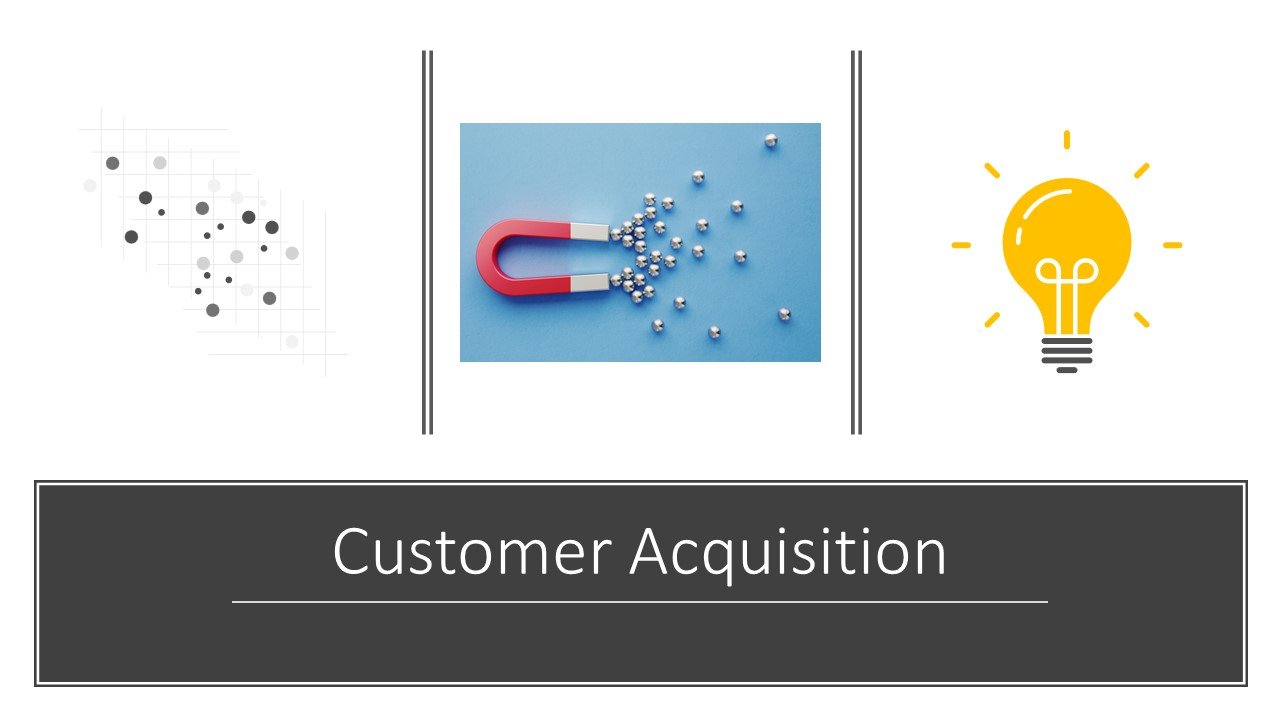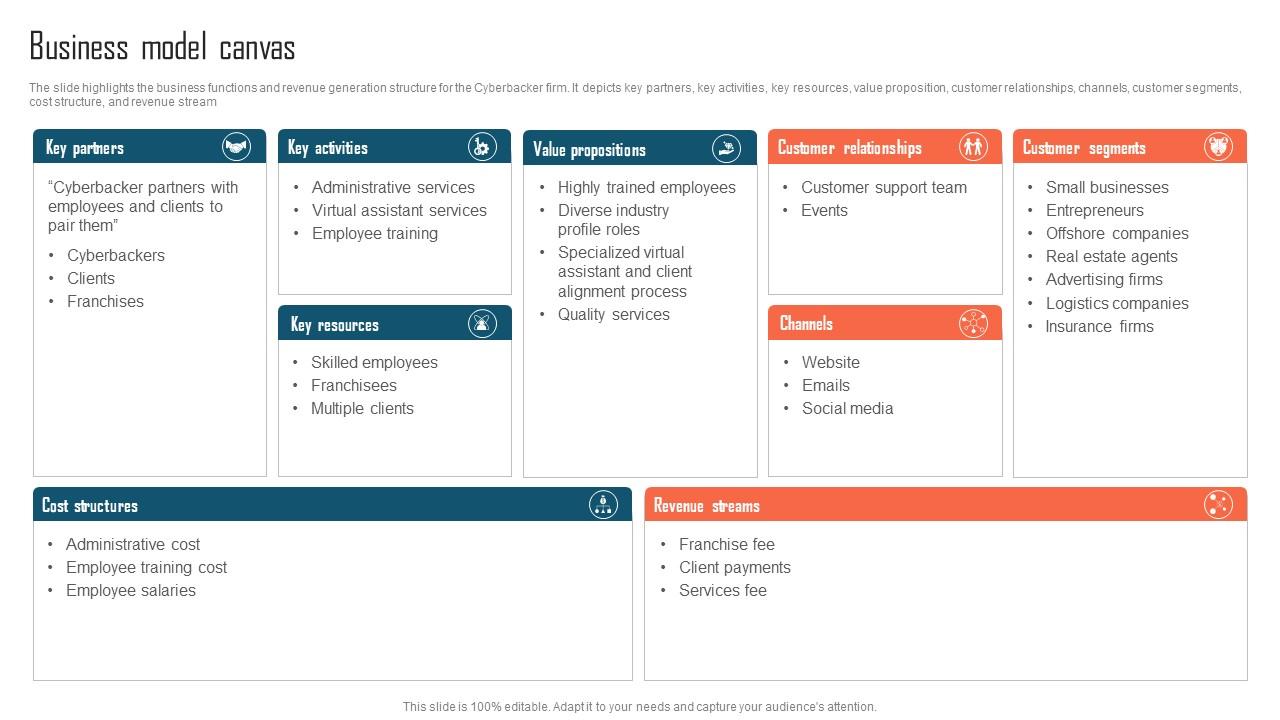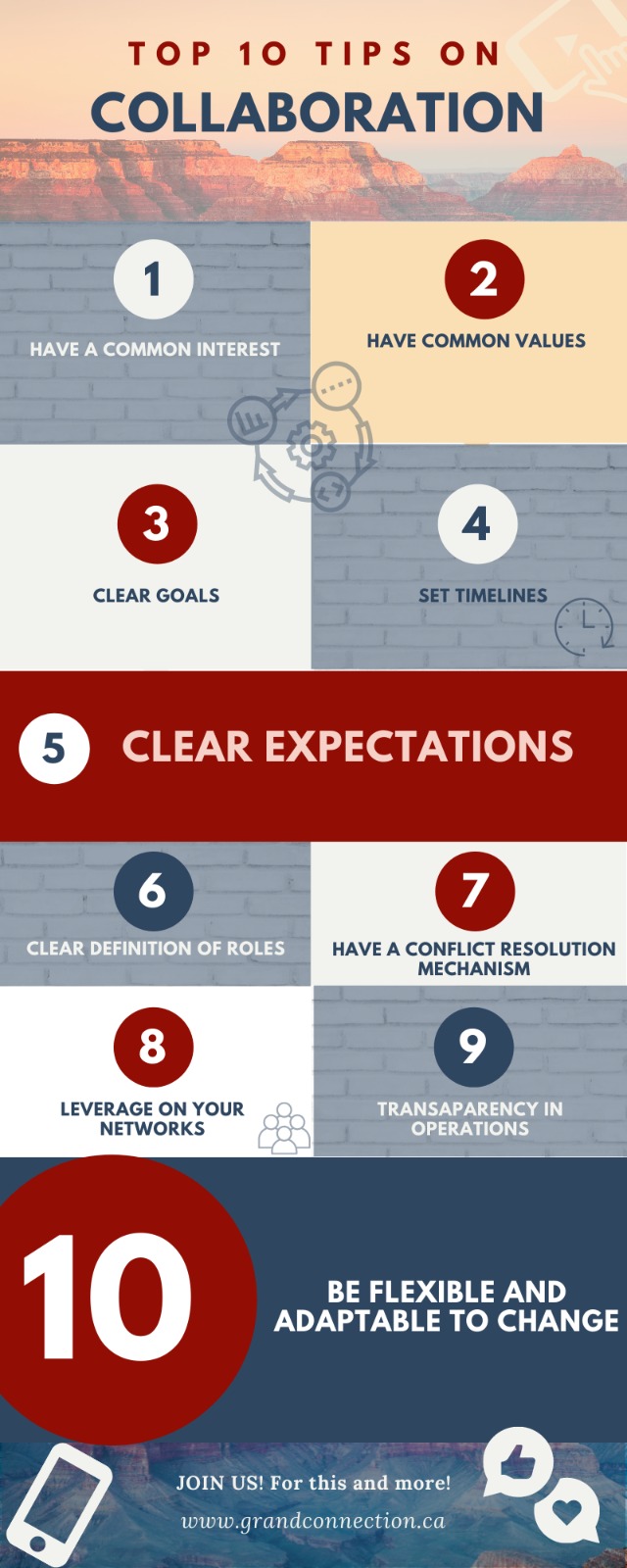Estimating Home Renovation Costs A Comprehensive Guide
Introduction:
Embarking on a home renovation project is an exciting endeavor, but it can also be a daunting task, especially when it comes to estimating costs. Whether you’re planning a minor upgrade or a major overhaul, having a comprehensive understanding of renovation costs is essential for budgeting effectively and avoiding financial surprises along the way. In this guide, we’ll delve into the various factors that influence home renovation costs and provide valuable insights to help you estimate expenses accurately.
Setting the Stage:
Before diving into the specifics of renovation costs, it’s important to define the scope of your project. Are you remodeling a single room or tackling multiple areas of your home? Are you making cosmetic changes or structural alterations? By clearly outlining your renovation goals and priorities, you’ll be better equipped to assess the associated costs and create a realistic budget.
Understanding Cost Factors:
Several factors influence the cost of a home renovation, including the size and complexity of the project, the quality of materials and finishes, and the labor involved. Structural changes, such as removing walls or adding extensions, typically incur higher costs than cosmetic upgrades like painting or flooring. Additionally, geographic location and market demand can impact prices, with urban areas often commanding higher rates for materials and labor.
Materials and Finishes:
The materials and finishes you choose play a significant role in determining the overall cost of your renovation. High-end materials, such as hardwood flooring, granite countertops, and custom cabinetry, come with a heftier price tag compared to more affordable alternatives. Likewise, specialty finishes and decorative elements can add to the expense. It’s essential to strike a balance between aesthetics and budget when selecting materials to ensure that your renovation remains financially feasible.
Labor Costs:
Labor is another major component of renovation expenses, accounting for a significant portion of the overall budget. The cost of labor varies depending on factors such as the complexity of the project, the skill level of the workers, and prevailing wage rates in your area. Hiring licensed professionals and experienced contractors may command higher hourly or project-based fees but can offer peace of mind and ensure quality craftsmanship.
Hidden Expenses:
In addition to the visible costs of materials and labor, there are often hidden expenses associated with home renovations. These may include permit fees, demolition and disposal costs, structural assessments, and unexpected repairs uncovered during the renovation process. It’s essential to factor in these potential expenses when budgeting for your project to avoid budget overruns and delays down the line.
Budgeting Strategies:
Creating a realistic budget is crucial for a successful home renovation project. Start by researching average costs for similar projects in your area and obtaining multiple quotes from contractors and suppliers. Build in a contingency fund of at least 10-20% of your total budget to account for unexpected expenses or design changes. Track your expenses closely throughout the renovation process to ensure that you stay within budget and make adjustments as needed.
Prioritizing Your Spending:
If you’re working with






